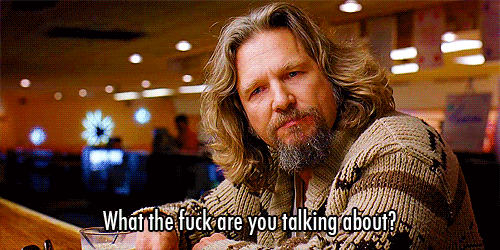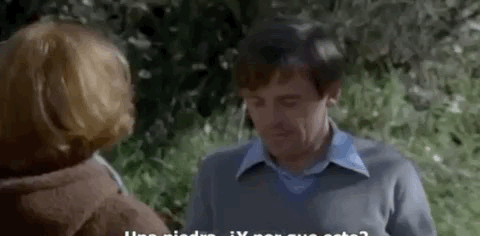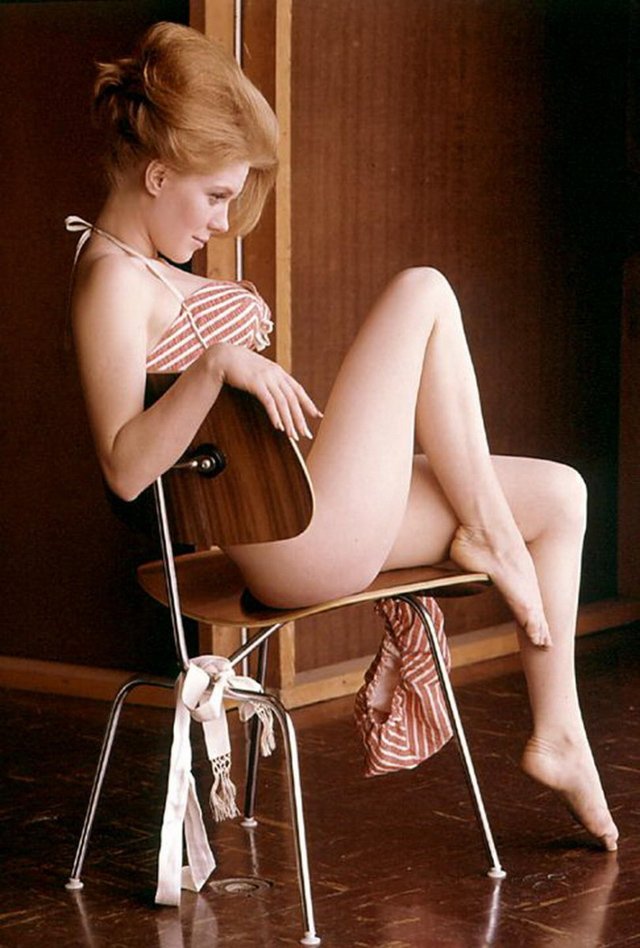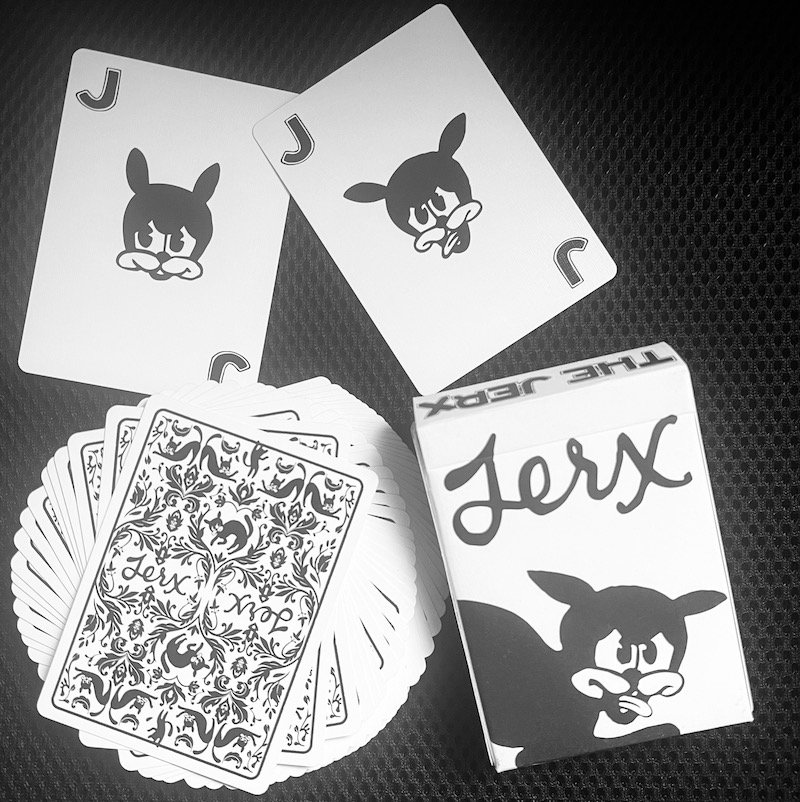Max Maven
/I was sad to hear about the passing of Max Maven earlier this week. Max was a fixture in magic since before I learned my first double-lift.
While I don’t believe he followed this site at all (if he ever read it, I’m sure he would have called it something like, “A thing of terrifying stupidity”), he was someone I would reach out to from time to time when I needed a credit or history on something magic-related. It was amazing how much he knew about, and how generous he was with sharing that knowledge.
Here is a typical exchange of ours where he went above and beyond to answer a question for me.
He’ll be missed.
Today I’m going to repost something I wrote about Max back in 2016. It started with a video that was sent to me of Max screwing up a trick on television. But it’s how he handled it that I found funny and informative. I did ask Max once exactly what went wrong in the clip below, but he didn’t have a real answer beyond “I fucked up.” So let’s again watch how Max handles a fuck-up.
The Contents of the Empty Purse
I was sent a video of Max Maven performing on television in Taiwan by someone who wants to remain anonymous. Apparently there is a bit of a cult following surrounding this video, and I can understand why. First, the Taiwanese people are a trip. Their reactions to things -- even things that aren't magical in the slightest -- are fantastic. I'm not quite smart enough to understand the relationship between Taiwan and China, but there definitely seems to be a noticeable difference in the spirit of the two countries. Perhaps I'm just being overly influenced by Western views of the Chinese government which is often seen as oppressively cruel and brutally Orwellian. Which is in distinct contrast with the Taiwanese magic audience which is aggressively cool and practically L&L'ian
I went a long way for that one. I'm going to enjoy it for a moment.
Okay, but that's not what I'm here to talk about.
I'm here to talk about screwing up. Let's watch Max screw up (part of) a trick and see what we can learn from it. (I've cued it up to the start of the trick for you.)
Let's take a real detailed look at this web of bullshit that Max weaves.
Maven: At this moment... this purse is empty. I know this purse is empty. Can you open that purse please? Is it empty?
Woman: No, it’s not empty.
Maven: Because inside is one piece of evidence. But do you know why it feels empty? Because nobody knows what’s inside. Only you do, right? So for everyone else and for me also, it’s nothing. It’s a mystery.
Seriously, that is an amazing pivot by Max. His original statement was about whether a piece of paper was in the purse, and when that didn't work out he turned it into a proclamation on the nature of existence and the persistence of object permanence and some type of Schrodinger's Doodle or something.
And at worst it comes across as a hiccup, but nothing much more than that. He just keeps rolling. There isn't time for the audience to really consider if he screwed up or not.
This should be empowering to you. Your fear of screwing up is directly related to the derision you feel you might incur from it. But the truth is, everyone is taking their cues from you to see how much your mistake should matter, and no one will care about your screw-up any more than you care about it. (This is as much a life lesson as it is a magic lesson.)























